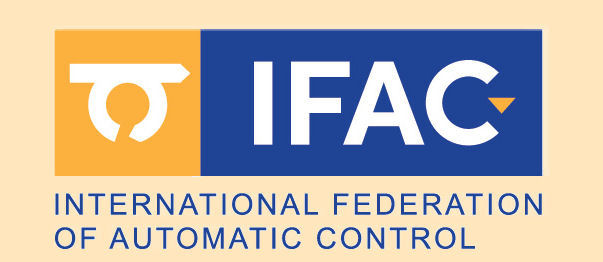| Paper ThuS1T1.4
BENAZZA, Bouchaib (ENSEM of Casablanca, Hassan II University, BP 8118 Casablanca, M), Ouadi, Hamid (Ismra), Mohamed, Khafallah (ESE lab, ENSEM of Casablanca, Hassan II University, BP 8118 Casa)
PV System Based on Active Power Filters for Energy Quality Improvement in EV Charging Station
Scheduled for presentation during the Regular Session "Active power filters control" (ThuS1T1), Thursday, July 11, 2024,
10:00−10:20, Salle des conférences
12th IFAC Symposium on Control of Power & Energy Systems, July 10-12, 2024, Rabat, Morocco
This information is tentative and subject to change. Compiled on November 15, 2025
|


 This site is protected by copyright and trademark laws under US and International law.
This site is protected by copyright and trademark laws under US and International law.